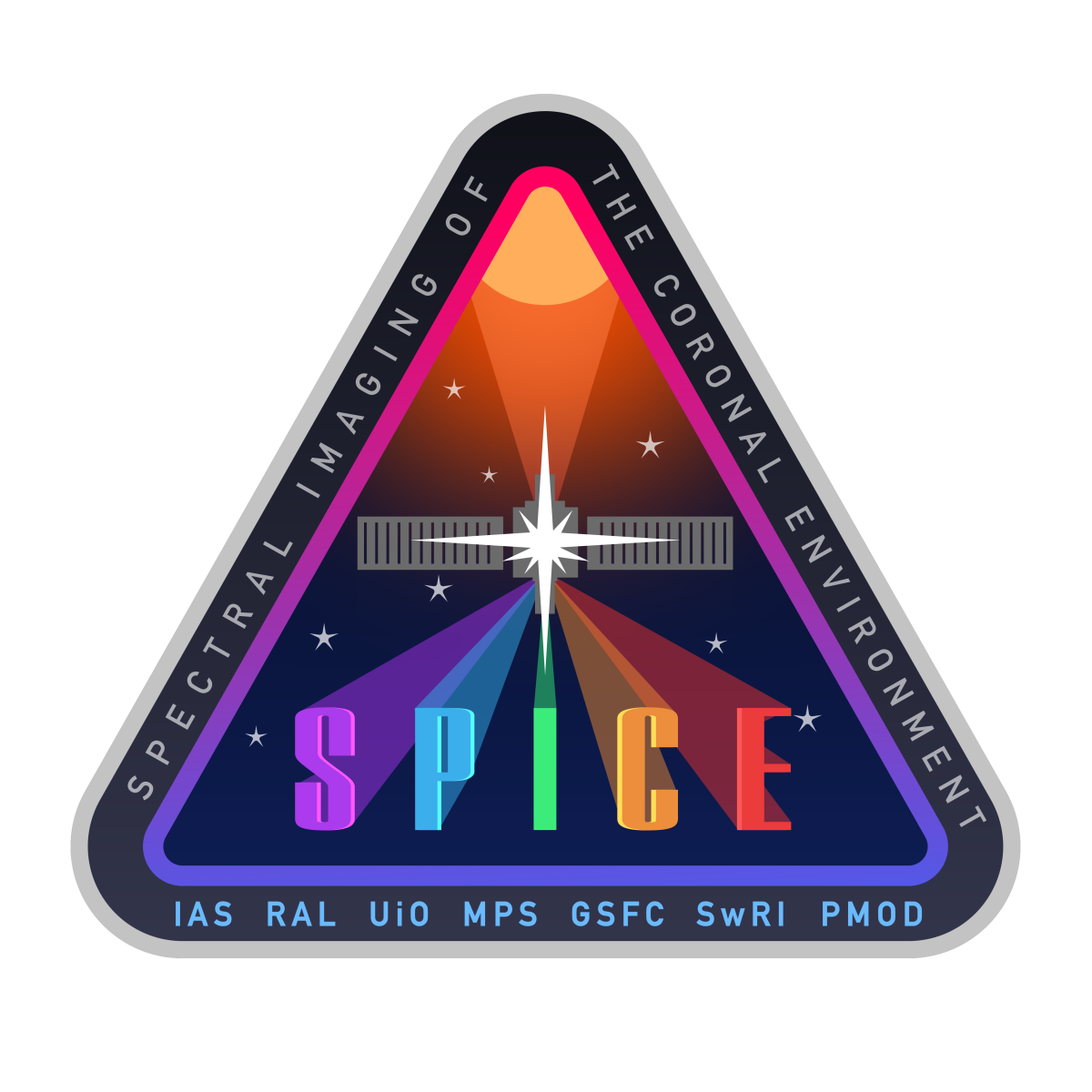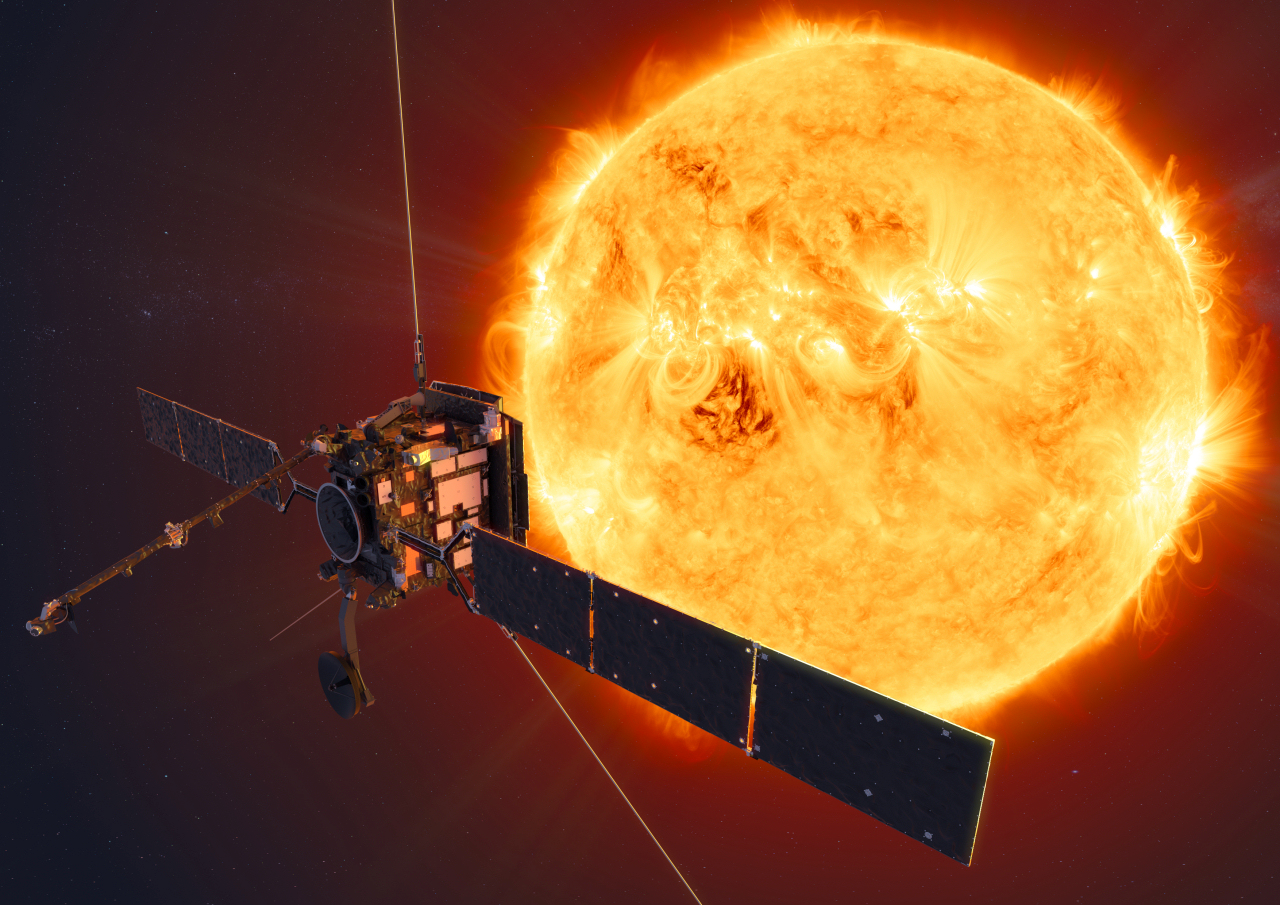The primary goal of Solar Orbiter is to find out how the Sun forms and controls the heliosphere, which is the large area of particles and gas originating from the Sun all the planets in our solar system.
Launched in space in February 2020, Solar Orbiter will fly in an elliptical orbit around the Sun. The satellite's perihel, that is, the orbit closest to the Sun, will be 0.28 AU. This is no more than about a quarter of the distance between the Sun and Earth, and within the orbit of the planet Mercury. Such a close passage will provide opportunities for stunning close-ups of the Sun's surface, where luminous gas forms strange formations in the strong magnetic fields.
Solar Orbiter will also take close-ups of the Sun's polar regions, which are very difficult to observe from Earth. The instruments on board will be able to perform both measurements of particles in the immediate vicinity of the satellite, so-called in situ measurements, and remote measurements of the Sun's atmosphere and surface.

RoCS and the Solar Orbiter
The Department of Theoretical Astrophysics, University of Oslo, participates in the development of the software for one of the instruments on board the Solar Orbiter: SPectral Imaging of the Coronal Environment (SPICE). The institute will also process downloaded observations from the satellite and make them available through a data center.
